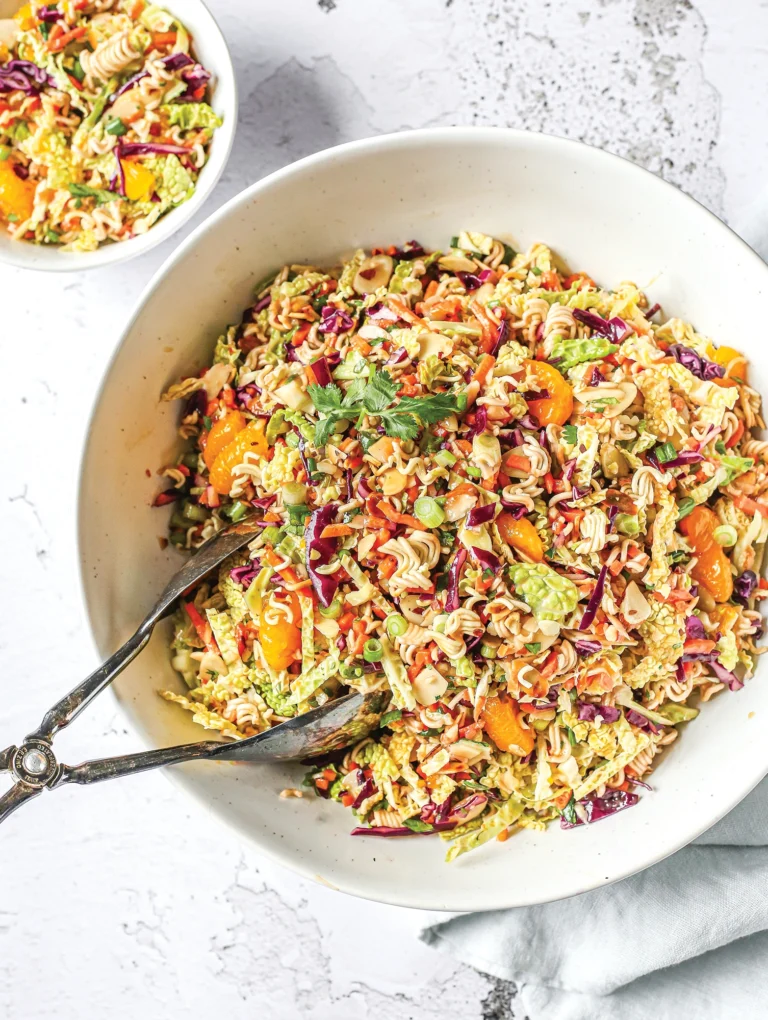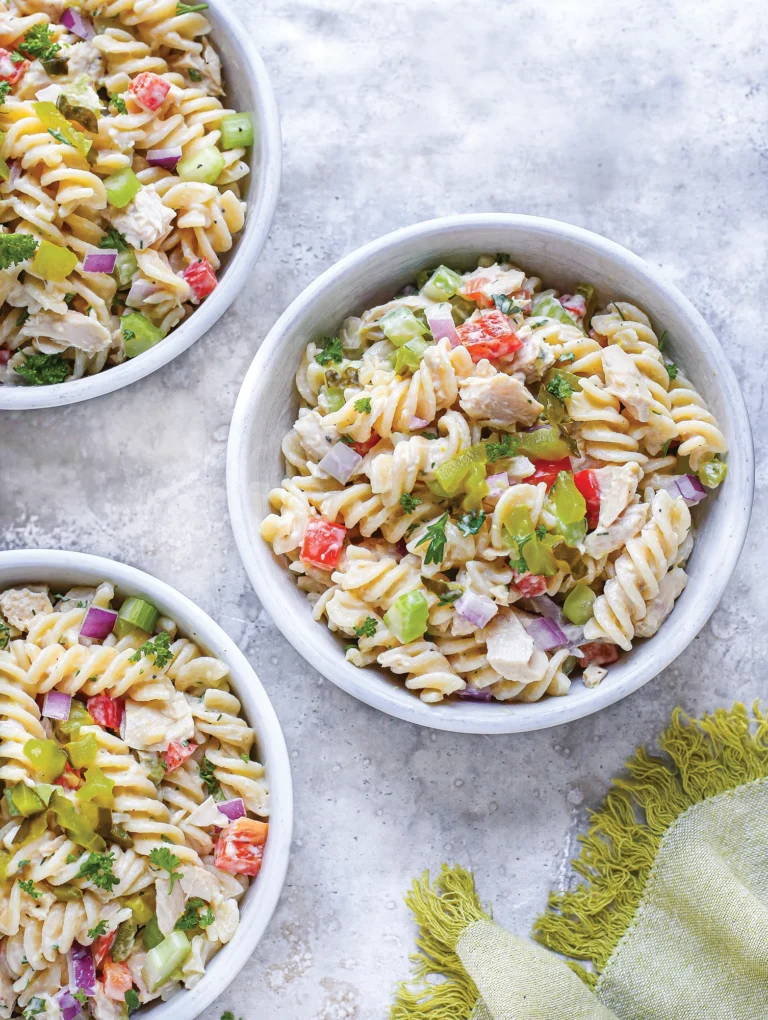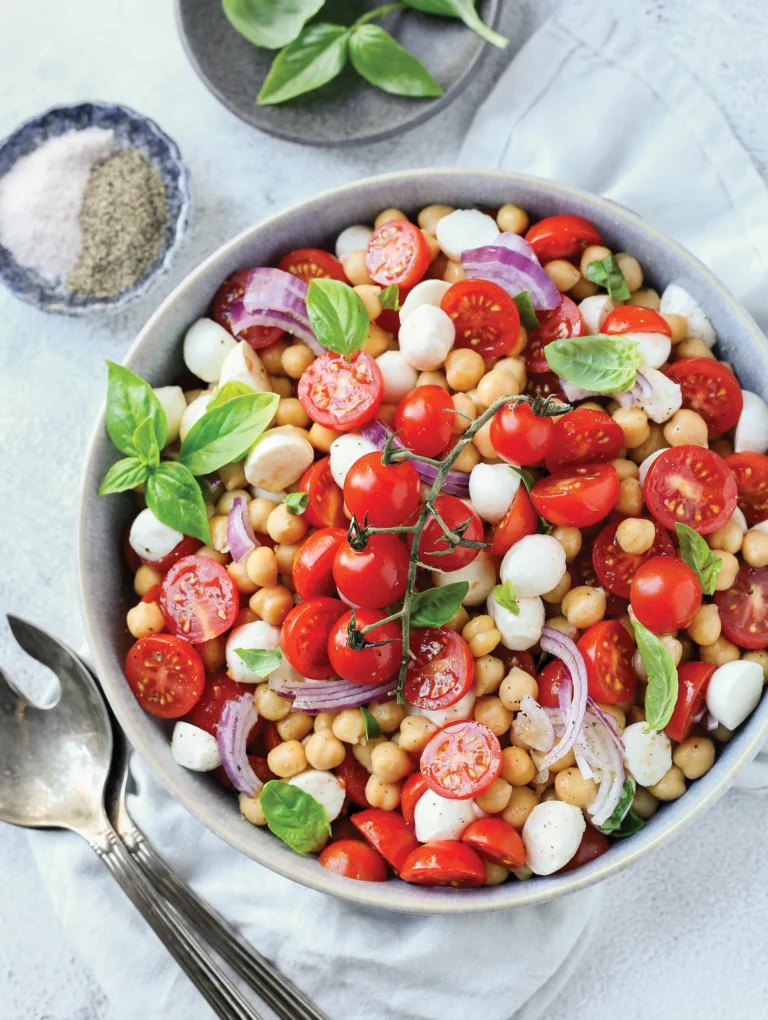Mini Cucumber Salad
with chickpeas, feta and dill
SOUND BITE

with chickpeas, feta and dill

Pre-Crumbled vs. Block Feta
Traditional feta cheese is made from sheep’s milk or a combination of sheep and goat’s milk.
However, some brands—especially those outside of Greece—use cow’s milk, which changes the texture and flavor. Cow’s milk feta tends to be milder, less tangy and sometimes a bit firmer—and that’s why it’s popular. With my goat’s cheese aversion, which I’m sure you’ve heard of by now, I stick to cow’s milk feta.
But authentic sheep’s milk feta is definitely creamier and has a more pronounced briny kick.
If you want the authentic stuff, look for PDO (Protected Designation of Origin) feta, which guarantees it’s made in Greece using traditional methods with sheep’s milk or a mix of sheep and goat’s milk.
Anything made with cow’s milk is technically feta-style cheese—but not true feta.
Now, about pre-crumbled feta—it might seem convenient, but it’s often dry, powdery and lacking in flavor. That’s because it’s treated with anti-caking agents to keep the crumbles from clumping together
For the best experience, always buy feta in a block packed in brine. The brine keeps the cheese fresh, rich and full of flavor.
Crumbling it yourself takes seconds and gives you those soft, luscious chunks that actually meld into your salad instead of just sitting there like lifeless, dry, flavorless feta flecks. Am I being too harsh?
The moral of the story is this: Act like the BIG CHEESE you are and crumble the feta yourself.

and the lip-smacking, sweet sesame dressing

with crunchy veggies and chopped pickles

with fresh basil and balsamic dressing
Designed and written in Greta’s signature casual, approachable style, this captivating cookbook is an unbeleafable collection of Every Salad recipe you’ll Ever need!
Available exclusively at